Are you considering entering the real estate market but have concerns based on everything you’re hearing in the news about the tight market and higher mortgage rates? Whether you're a first-time homebuyer or a seasoned investor, understanding the current mortgage rate situation is crucial for making informed decisions about your property purchase. Mortgage rates play a significant role in determining the affordability of your new home and the overall cost of borrowing. In this blog, we'll delve into the current mortgage rate landscape and shed light on the factors that contribute to mortgage rate fluctuations.
The Current Mortgage Rate Picture
As of late August 2023, interest rates are nearing 8% for 30-year fixed mortgages. These rates are a result of a complex interplay between various economic and financial factors, and they can vary from one lender to another. It's important to keep an eye on these rates as they directly impact your monthly mortgage payments and the total amount you'll pay over the life of your loan.
Factors Influencing Mortgage Rate Fluctuations
1. Economic Indicators: Mortgage rates are closely tied to the overall health of the economy. Positive economic indicators, such as low unemployment rates and strong GDP growth, often lead to higher mortgage rates. Conversely, economic uncertainty or recessionary conditions can drive rates lower as central banks aim to stimulate borrowing and spending.
2. Inflation: Inflation is another key driver of mortgage rates. When inflation rises, the purchasing power of the dollar decreases. Lenders adjust mortgage rates to account for the eroding value of money over time.
3. Federal Reserve Policies: The Federal Reserve (the Fed) plays a pivotal role in influencing mortgage rates. By setting the federal funds rate—the interest rate at which banks lend to each other—the Fed indirectly impacts short-term interest rates across the economy. Changes in the federal funds rate can lead to corresponding changes in mortgage rates.
4. Bond Market Fluctuations: Mortgage rates are also influenced by movements in the bond market, particularly the yield on the 10-year Treasury note. Mortgage rates often move in tandem with the yields on government bonds; when bond yields rise, mortgage rates tend to follow suit.
5. Global Economic Factors: The global economy can impact domestic mortgage rates. Economic events in major economies worldwide can create ripples in financial markets, causing investors to seek safe-haven assets like U.S. Treasury bonds. This increased demand for bonds can lead to lower mortgage rates.
Locking In Your Rate
Given the ever-changing nature of mortgage rates, it's important to consider locking in your rate when you find an attractive offer. Mortgage rate locks typically last for a specific period, giving you time to finalize your mortgage application without worrying about potential rate increases.
Navigating the current mortgage rate situation requires an understanding of the intricate factors that contribute to rate fluctuations. Economic indicators, inflation, central bank policies, bond market movements, and global economic events all play a role in shaping the borrowing landscape. As you embark on your real estate journey, staying informed about these factors will empower you to make wise decisions and secure the best possible mortgage rate for your new home.
As experienced Realtors in the Central Kentucky area, we work with numerous lenders who can better explain mortgage options and customize the right term for your specific situation. If we can help connect you, please reach out today and we’ll be glad to provide a referral.




